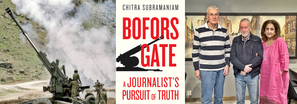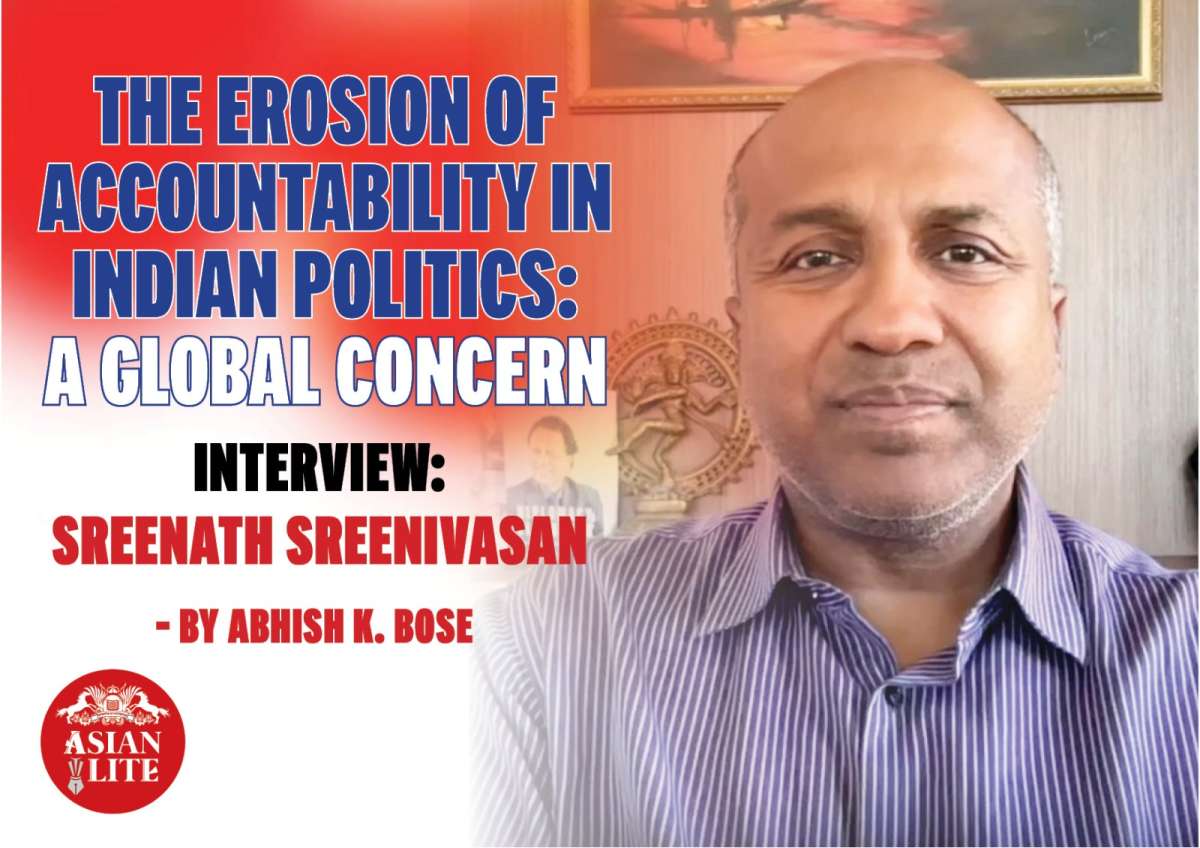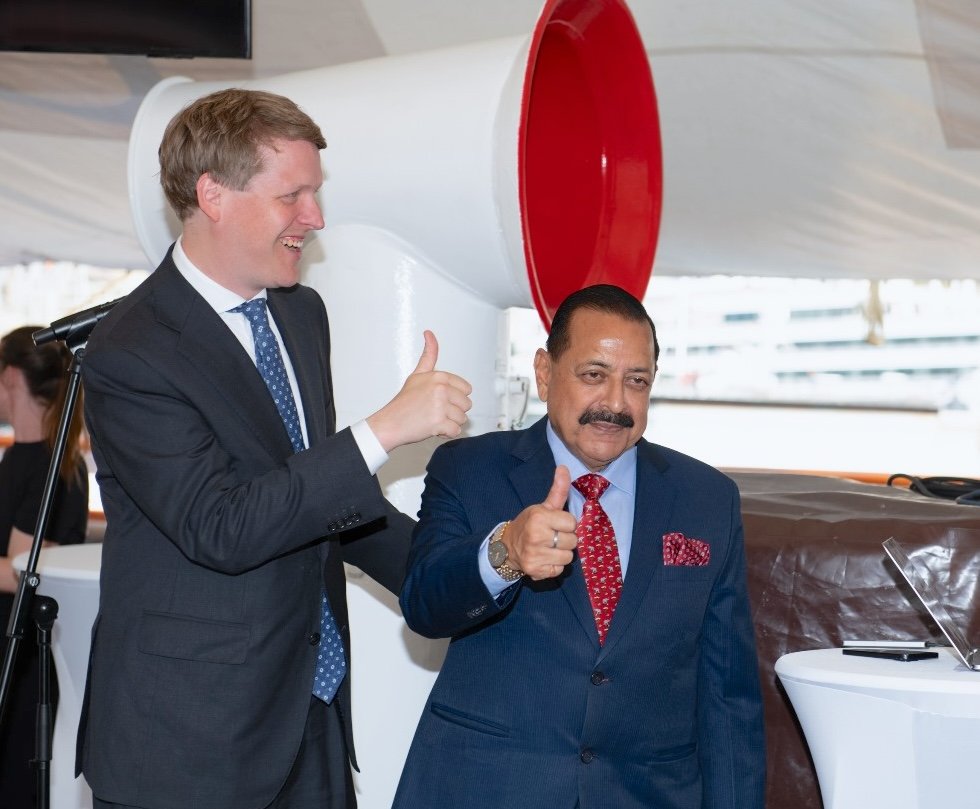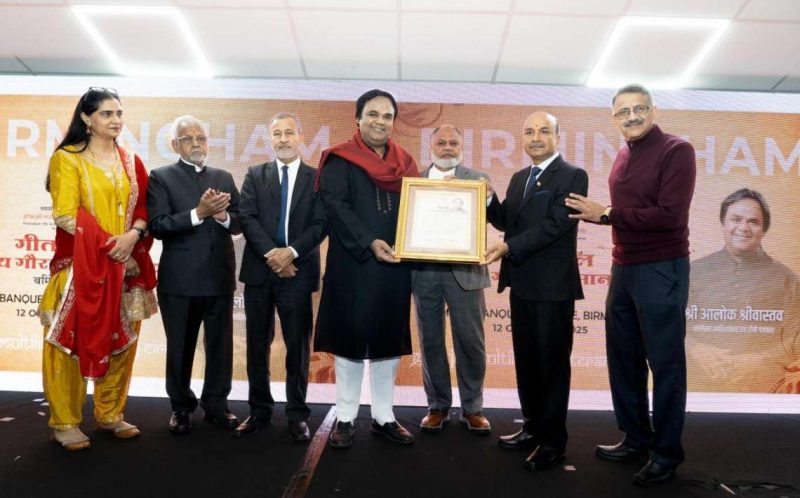What sets Boforsgate apart is its blend of thriller-like pace with the realism of lived experience. Subramaniam was a young journalist, newly married and expecting her first child, living in Geneva when the story broke..writes Vikas Dutta
In the pantheon of Indian political scandals, few loom as large—or as enduring—as the Bofors affair. It brought down a government, changed the trajectory of several political careers, and shook public trust in institutions. But beyond the headlines and mudslinging, it was also the story of a lone journalist’s dogged determination to follow the truth, wherever it led.
In “Boforsgate: A Journalist’s Pursuit of Truth” (Juggernaut, Rs 899), Chitra Subramaniam recounts the story she reported from Geneva in the late 1980s, a story that refused to die even decades later. Known for her decade-long pursuit of the Bofors trail, Subramaniam became synonymous with the exposé that linked India’s top political leadership to one of the most controversial defence procurement deals in Indian history. The book offers a compelling personal and professional account of that journey.
The Bofors scandal revolved around the purchase of howitzer guns from Swedish firm AB Bofors for the Indian Army in 1986. The contract, worth nearly $1.4 billion, was tainted by allegations that bribes were paid to Indian politicians and defence officials to secure the deal. The scandal exploded in April 1987 following a report by Swedish Radio, and in India, it set off political tremors. But what began as a whisper in the European press soon gained weight, thanks in no small part to Subramaniam’s meticulous investigative reporting.
What sets Boforsgate apart is its blend of thriller-like pace with the realism of lived experience. Subramaniam was a young journalist, newly married and expecting her first child, living in Geneva when the story broke. Despite the odds—no internet, limited contacts, a lack of deep understanding of defence contracts or artillery systems—she took it upon herself to investigate. Her research methods were anything but conventional: she spent hours poring over registers in government offices, consulted the UN Library to understand technical jargon, and built a network of informants across Switzerland and Sweden.
The narrative introduces a colourful cast of characters—some helpful, others menacing—many operating under pseudonyms. There’s “Sting,” the Swedish source who eventually revealed himself as Sten Lindstrom, then chief of Swedish police. His extensive interview, included in the book, offers valuable insight into why he became a whistle-blower and what he thought of the Indian response. There’s also “Snowdrop,” a mysterious benefactor who offered protection, and “Kaa,” a suave arms dealer in Geneva who helped her navigate the shadowy world of weapons contracts.
These real-life figures give the book the feel of a political thriller. Yet Subramaniam is careful never to sensationalize. Instead, she writes with restraint and objectivity, allowing facts and context to do the heavy lifting. Her mission was not to pass judgment on individuals like Rajiv Gandhi or his advisers, but to document what she found, and what it meant.
The personal sacrifices Subramaniam made are woven throughout the book: strained family relationships, the pressure of balancing journalism with motherhood, and professional betrayals—including from within her own newsroom. The dangers were real. She faced bribe attempts, including a suitcase full of cash; her bank account was mysteriously credited with money; she received threats against her child; and her home was vandalized. Yet her determination didn’t waver.
Her baby’s crib became a storage unit for classified documents. Her living room floor a web of photocopies and notes. She describes this chaotic but focused environment with clarity and introspection, revealing the psychological toll such reporting can take.
There are memorable encounters with Indian political and bureaucratic figures as well: Arun Nehru, V.P. Singh, Atal Bihari Vajpayee, a young Arun Jaitley, and the flamboyant General K. Sundarji, the then Army Chief. These interactions further enrich the book, offering a glimpse into how the scandal played out within India’s power corridors.
While the book excels as a work of journalism and memoir, there are minor flaws. The list of dramatis personae at the beginning of the book lacks sufficient detail, which may confuse readers unfamiliar with the case. A couple of factual slips—such as misidentifying Sheikh Yamani as Egyptian rather than Saudi Arabian, or calling former Prime Minister Chandra Shekhar “S. Chandrashekhar”—could have been avoided with tighter editing.
But these are small quibbles in a book that otherwise delivers on multiple fronts: historical importance, journalistic rigor, and emotional depth. Subramaniam doesn’t attempt to position herself as a hero, nor does she claim to have the final word on the scandal. Instead, she documents what she knew, how she knew it, and what she did with that knowledge. Her account is as much a study in perseverance as it is in investigation.
The most damning revelation? That the Swiss authorities handed over key documents to India in 1997—ten years after the scandal broke—but their contents remain sealed. This detail alone underscores the enduring opacity and political discomfort surrounding the case.
Ultimately, Boforsgate is not just about a gun deal gone wrong. It’s about the systems—political, bureaucratic, and media—that enabled wrongdoing to be buried, diluted, and delayed. It is also a case study in the power of independent journalism, particularly in an era when information was hard-won, not instantly Googled.
Chitra Subramaniam’s Boforsgate deserves to be read not just as an account of a singular scandal, but as a testament to what journalism can achieve when guided by principle and tenacity. At a time when whistle-blowers are often vilified and journalists dismissed as partisan, this book stands as a reminder that the pursuit of truth is both noble—and fraught.














